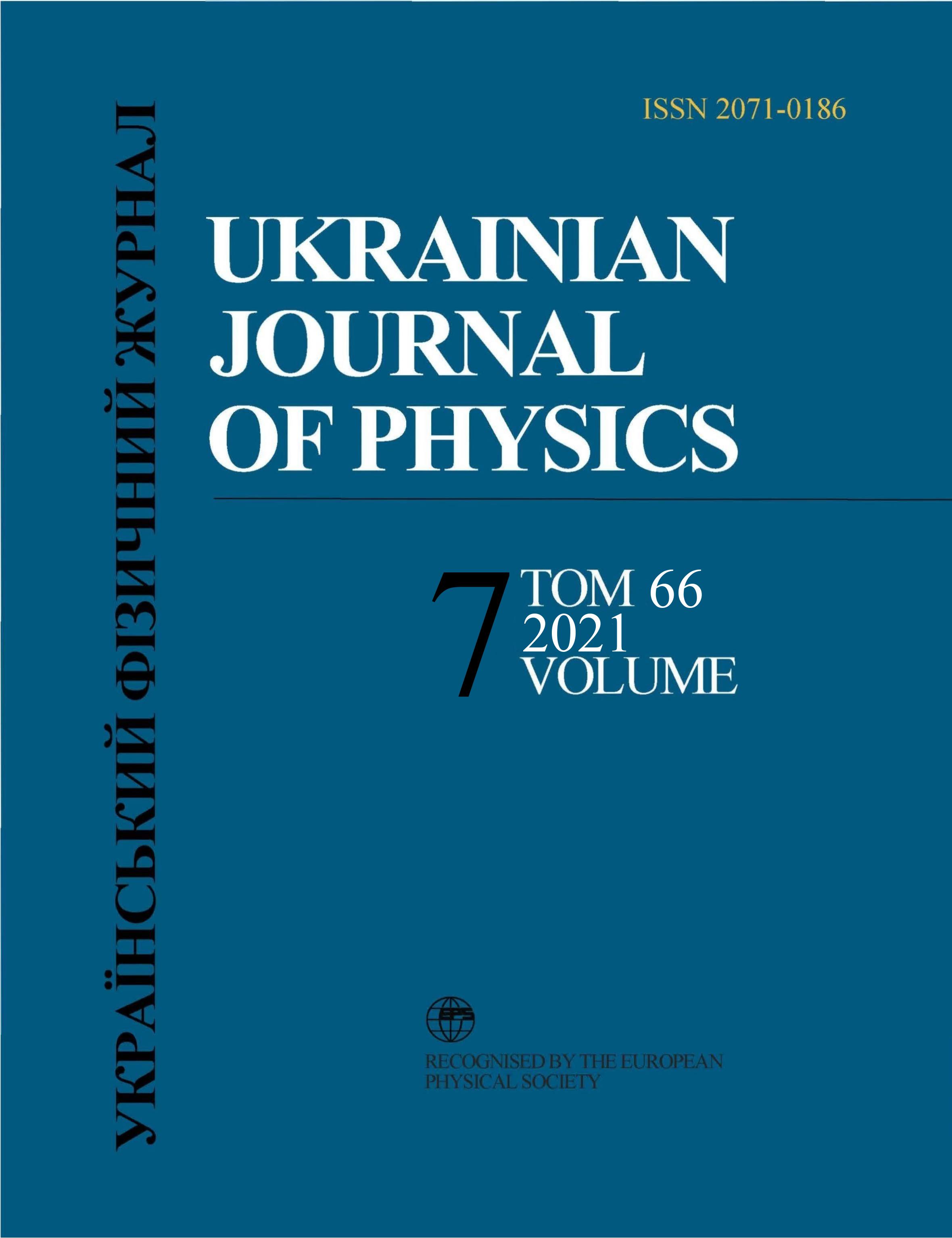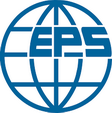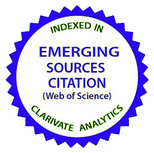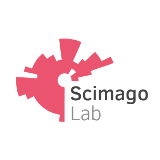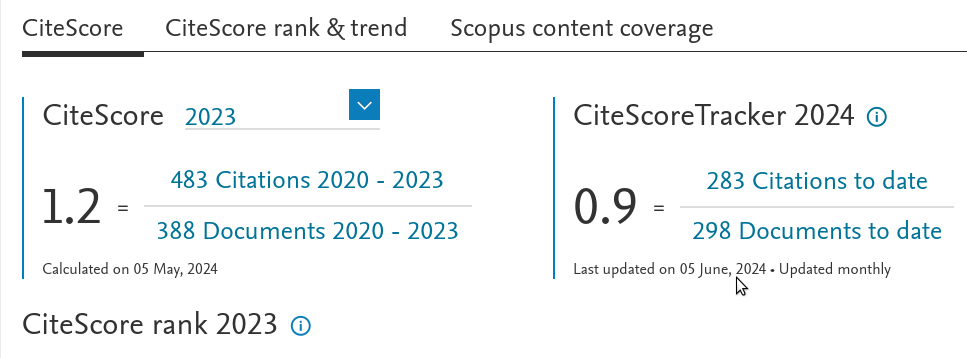Ordered Electron-Hole Condensate as a Perspective Laser 2D Environment at Room Temperatures
DOI:
https://doi.org/10.15407/ujpe66.7.612Keywords:
electron-hole condensate, exciton continuum, capture centers, 2D excitons, macroditch resonator, induced radiationAbstract
A comparative analysis of the processes governing the formation and stability of the electron-hole (EH) exciton continuum in 3D and 2D semiconductors has been carried out on the basis of theoretical and experimental results obtained by the authors, as well as literature data. Using the phase diagrams, luminescence spectra, and lux-lux dependences, a substantial increase of the excitonic binding energy Eex and the EH continuum stability as compared with those in the 3D case is demonstrated. The role of physical factors responsible for the growth of the excitonic binding energy Eex and the EH continuum stability in the 2D case, namely, the exciton binding at shallow impurity centers, image forces, and the correlation factor, is analyzed. The peculiarities of the exciton-polariton and electron-hole continua are considered taking the Bose–Einstein and Fermi–Dirac statistics into account. Tasks for further theoretical studies are formulated, and the advantages of the application of macroresonator 2D ditches as optoelectronic devices of the new generation, which do not need the complicated and costly MBE technology, are indicated.
References
V.G. Litovchenko, D.V. Korbutyak, Yu.V. Kryuchenko. Investigation of collective properties of excitons in polar semiconductors (ZnO). J. Exper. Theor. Phys. 6, 1965 (1981).
D.V. Korbutyak, V.G. Litovchenko. Electron-hole condensate in semiconductors with high energy of an exciton bond. Phys. Solid State 23, 1411 (1981).
V.I. Sugakov. Islands of exciton condensed phases in a two-dimensional system, the distribution of their sizes and coherence in position. Solid State Commun. 134, 63 (2005).
https://doi.org/10.1016/j.ssc.2004.07.078
Yu.E. Lozovik, O.L. Berman. Phase transitions in a system of spatially separated electrons and holes. Zh. Tekhn. Fiz. 111, 1879 (1997) (in Russian).
V.G. Lytovchenko, D.V.Korbutyak. The parameters of quasi-two-dimensional electron-hole plasma stimulated by laser radiation. Surf. Sci. 170, 671 (1986).
https://doi.org/10.1016/0039-6028(86)91038-1
V.G. Litovchenko, A.A. Grygoriev. Electron-hole Fermi liquid in nanosized semiconductor structures. Semiconductor Phys. Quant. Electron. Optoelectron. 13, 51 (2010).
https://doi.org/10.15407/spqeo13.01.051
V.N. Dobrovolsky, V.G. Litovchenko. Surface Electronic Transport Phenomena in Semiconductors (Clarendon Press, 1991).
O. Bystrenko, A. Zagorodny. Screening of dust grains in a weakly ionized gas: Effects of charging by plasma currents. Phys. Rev. E 67, 066403 (2002).
https://doi.org/10.1103/PhysRevE.67.066403
E.I. Rashba, G.E. Gergenishvili. Edge absorption theory in semiconductors. Sov. Phys. Solid. State 4, 759 (1962).
Yu.V. Lozovik, V.N. Nishanov. Wannier-Mott excitons in layered structures near the interface of two media. Fiz. Tverd. Tela 18, 3267 (1976) (in Russian).
V.G. Litovchenko. Characteristics of quasi-two-dimensional excitons in solids. Physics and plasmons at various concentrations. Surf. Sci. 73, 446 (1978).
https://doi.org/10.1016/0039-6028(78)90523-X
R.S. Knox. Theory of Excitons (Academic Press., 1963).
A. Akhiezer, I. Pomeranchuk. On thermal equilibrium between the spins and the lattice. Zh.'Eksp. Teor. Fiz. 14, 342 (1944) (in Russian).
E. Wigner. Effects of the electron interaction on the energy levels of electrons in metals. Trans. Faraday Soc. 34, 678 (1938).
https://doi.org/10.1039/tf9383400678
D.M. Bagnall, Y.F. Chen, M.Y. Shen, Z. Zhu, T. Goto, T. Yao. Room temperature excitonic stimulated emission from zinc oxide epilayers grown by plasma-assisted MBE. J. Cryst. Growth 184/185, 6055609 (1998).
https://doi.org/10.1016/S0022-0248(98)80127-9
X. Zheng, X. Zhang. Excitons in two-dimensional materials. In: Advances in Condensed-Matter and Materials Physics. Edited by J. Thirumalai, S.I. Pokutnyi (IntechOpen, 2020), Ch. 2, p. 809 [ISBN: 978-1-83880-555-5].
https://doi.org/10.5772/intechopen.90042
M. Wouters, I. Carusotto. Excitations in a nonequilibrium Bose-Einstein condensate of exciton-polaritons. Phys. Rev. Lett. 99, 140402 (2007).
https://doi.org/10.1103/PhysRevLett.99.140402
Zh. Wang, H. Sun, Q. Zhang, J. Feng, J.Zhang, Y. Li, Cun-Zheng. Excitonic complexes and optical gain in two-dimensional molybdenum ditelluride well below the Mott transition. Science & Applications. Offi c. J. CIOMP 2047 (2020).
https://doi.org/10.1038/s41377-020-0278-z
A.N. Gruzintsev, V.T. Volkov, C. Barthou, P. Benalloul. Spontaneous and stimulated emission from magnetron-
deposited ZnO-SiO2-Si thin-fi lm cavities. Semiconductors 36, 701 (2002).
https://doi.org/10.1134/1.1485674
Surface Polaritons: Electromagnetic Waves at Surfaces and Interfaces. Edited by V.M. Agranovich, D.L. Mills (North-Holland, 1982).
N.L. Dmitruk, V.G. Litovchenko, and V.L. Strizhevskii, Surface Polaritons in Semiconductors and Insulators (Naukova Dumka, 1989) (in Russian).
L. Zhanga, W. Xiea, J. Wanga, A. Poddubny, J. Lua, Y. Wanga, J. Gua, W. Liua, D. Xua, X. Shena, Y G. Rubo, B.L. Altshuler, A. V. Kavokin, Zh. Chena. Weak lasing in one-dimensional polariton superlattices. PNAS 112 (13), E1516 (2015).
https://doi.org/10.1073/pnas.1502666112
A. Amo, D. Sanvitto, F.P. Laussy, D. Ballarini, E. del Valle, M.D. Martin, A. Lemaˆıtre, J. Bloch, D.N. Krizhanovskii, M.S. Skolnick, C. Tejedor, L. Vi˜na. Collective fluid dynamics of a polariton condensate in a semiconductor microcavity. Nature Lett. 457, 291 (2009). https://doi.org/10.1038/nature07640
C. Weisbuch, M. Nishioka, A. Ishikawa, Y. Arakawa. Observation of the coupled exciton-photon mode splitting in a semiconductor quantum microcavity. Phys. Rev. Lett. 69, 3314 (1992). https://doi.org/10.1103/PhysRevLett.69.3314
D.V. Korbutyak, V.G. Lytovchenko, M.V. Strikha. 2D semiconductor structures as a basis for new high-tech devices (Review). SPQEO 21, 380 (2018). https://doi.org/10.15407/spqeo21.04.380
Downloads
Published
How to Cite
Issue
Section
License
Copyright Agreement
License to Publish the Paper
Kyiv, Ukraine
The corresponding author and the co-authors (hereon referred to as the Author(s)) of the paper being submitted to the Ukrainian Journal of Physics (hereon referred to as the Paper) from one side and the Bogolyubov Institute for Theoretical Physics, National Academy of Sciences of Ukraine, represented by its Director (hereon referred to as the Publisher) from the other side have come to the following Agreement:
1. Subject of the Agreement.
The Author(s) grant(s) the Publisher the free non-exclusive right to use the Paper (of scientific, technical, or any other content) according to the terms and conditions defined by this Agreement.
2. The ways of using the Paper.
2.1. The Author(s) grant(s) the Publisher the right to use the Paper as follows.
2.1.1. To publish the Paper in the Ukrainian Journal of Physics (hereon referred to as the Journal) in original language and translated into English (the copy of the Paper approved by the Author(s) and the Publisher and accepted for publication is a constitutive part of this License Agreement).
2.1.2. To edit, adapt, and correct the Paper by approval of the Author(s).
2.1.3. To translate the Paper in the case when the Paper is written in a language different from that adopted in the Journal.
2.2. If the Author(s) has(ve) an intent to use the Paper in any other way, e.g., to publish the translated version of the Paper (except for the case defined by Section 2.1.3 of this Agreement), to post the full Paper or any its part on the web, to publish the Paper in any other editions, to include the Paper or any its part in other collections, anthologies, encyclopaedias, etc., the Author(s) should get a written permission from the Publisher.
3. License territory.
The Author(s) grant(s) the Publisher the right to use the Paper as regulated by sections 2.1.1–2.1.3 of this Agreement on the territory of Ukraine and to distribute the Paper as indispensable part of the Journal on the territory of Ukraine and other countries by means of subscription, sales, and free transfer to a third party.
4. Duration.
4.1. This Agreement is valid starting from the date of signature and acts for the entire period of the existence of the Journal.
5. Loyalty.
5.1. The Author(s) warrant(s) the Publisher that:
– he/she is the true author (co-author) of the Paper;
– copyright on the Paper was not transferred to any other party;
– the Paper has never been published before and will not be published in any other media before it is published by the Publisher (see also section 2.2);
– the Author(s) do(es) not violate any intellectual property right of other parties. If the Paper includes some materials of other parties, except for citations whose length is regulated by the scientific, informational, or critical character of the Paper, the use of such materials is in compliance with the regulations of the international law and the law of Ukraine.
6. Requisites and signatures of the Parties.
Publisher: Bogolyubov Institute for Theoretical Physics, National Academy of Sciences of Ukraine.
Address: Ukraine, Kyiv, Metrolohichna Str. 14-b.
Author: Electronic signature on behalf and with endorsement of all co-authors.

